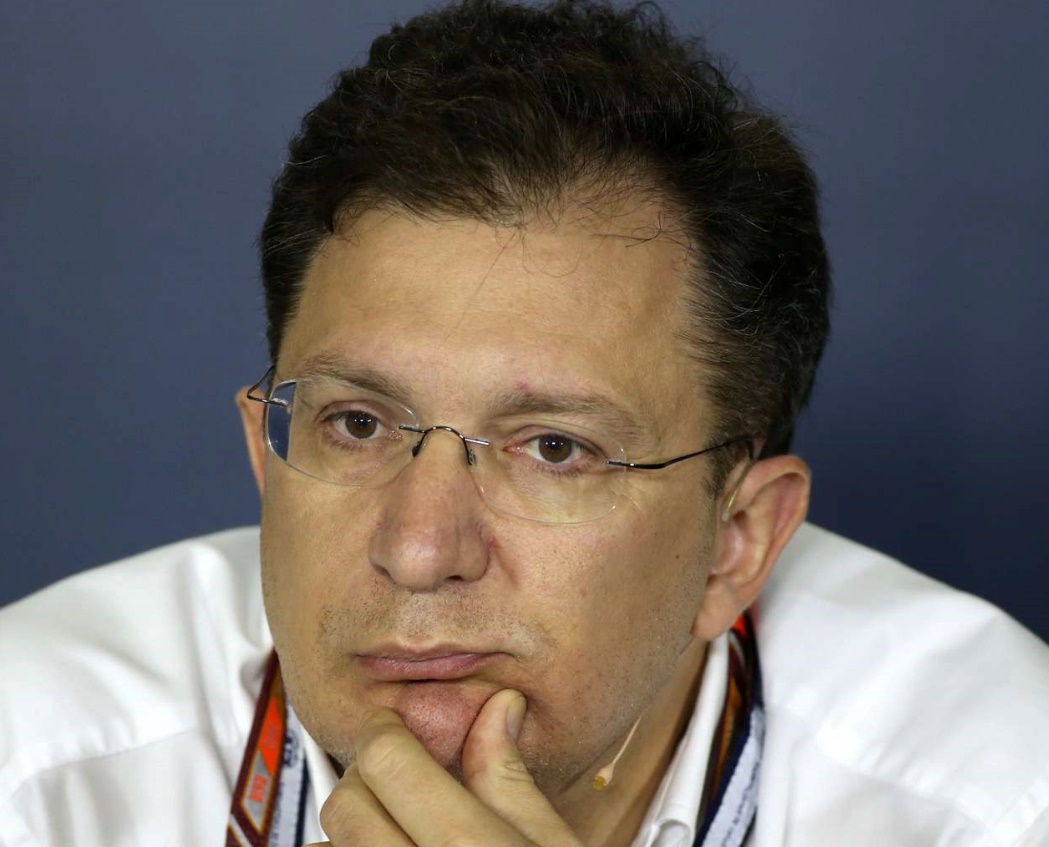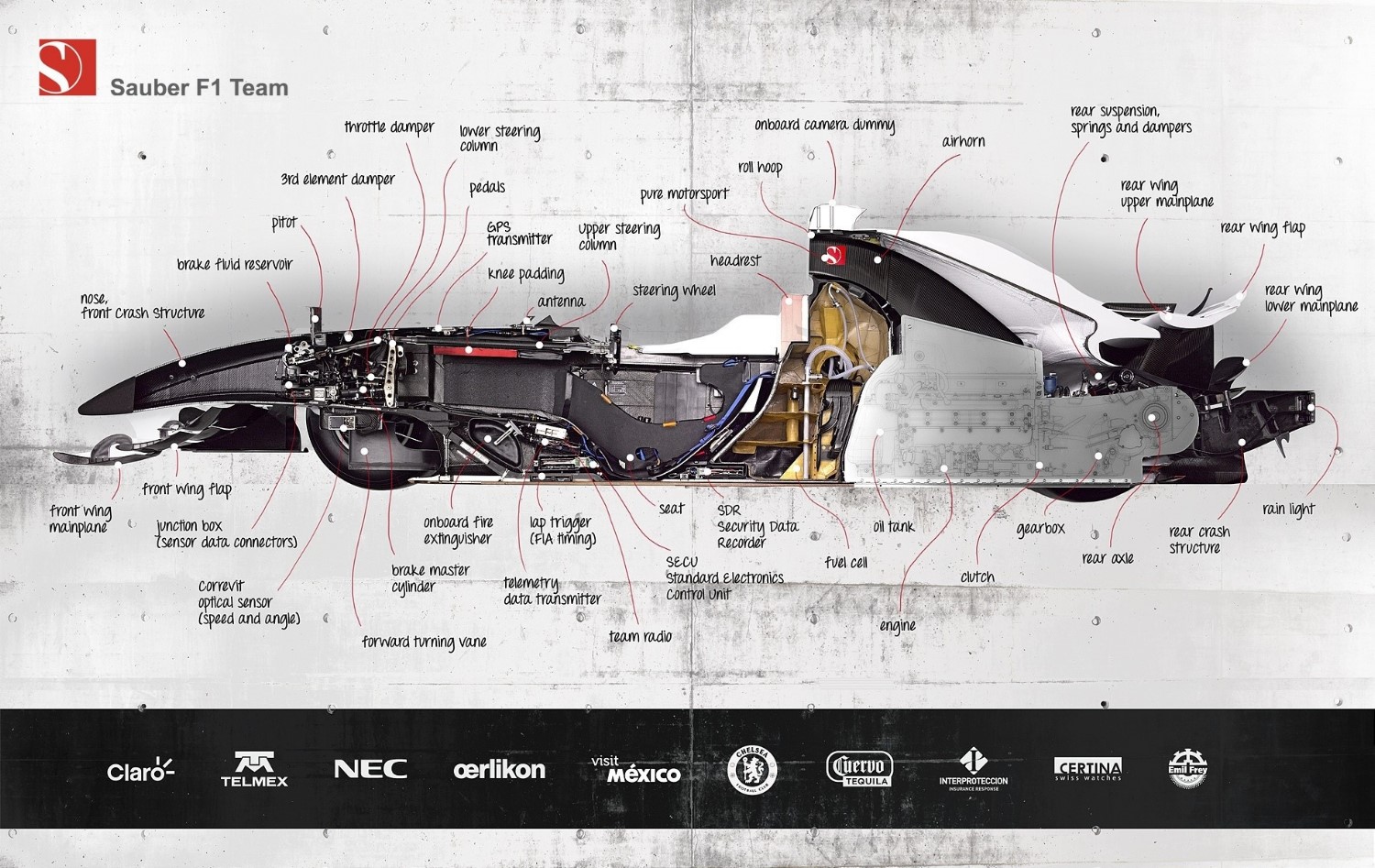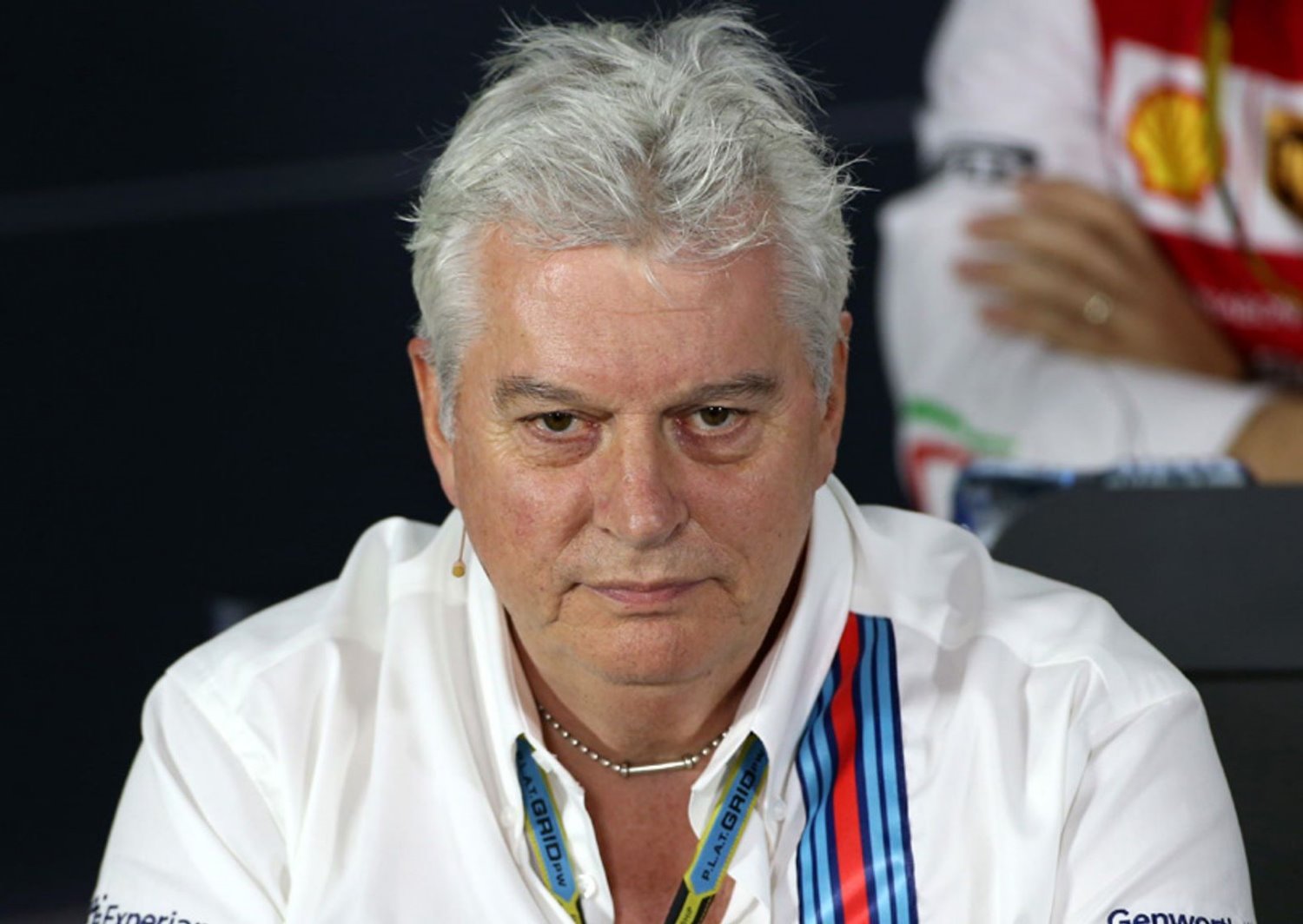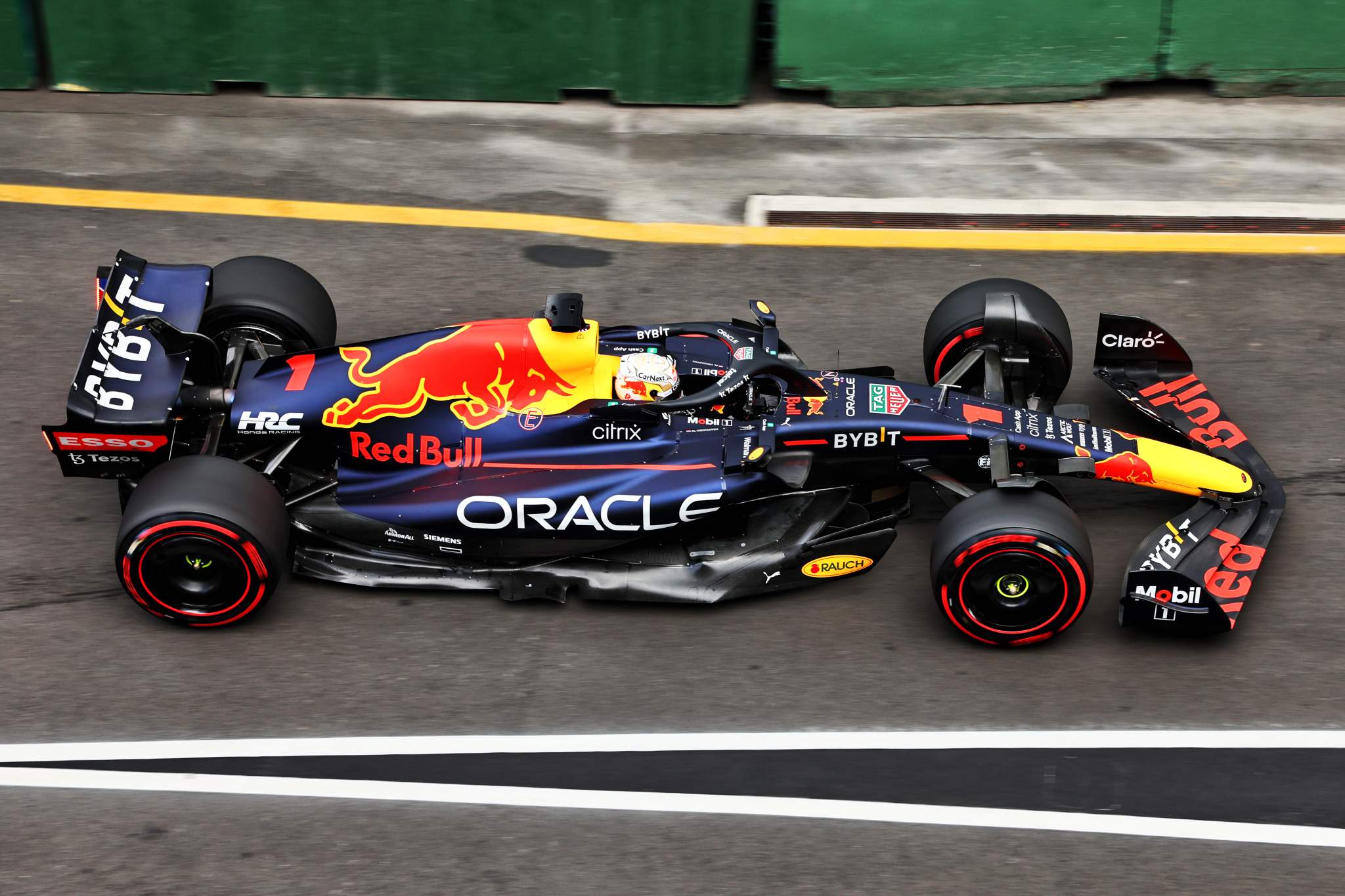F1: 2026 will see a lot more changes than just the F1 engines
F1 has a bit of a dilemma caused by the decisions that have been made for the 2026 Power Units.
The goal of the new Power Units is to produce about half the power from the Internal Combustion Engine (ICE) and half from the electric motor, with a total of 1,000 HP in mind.
Whereas the ICE engine can produce its approx 500 HP any time the driver calls on it, the electric motor may not always be able to carry its weight when the driver needs it.
Kinetic Energy stored in the battery from the MGU-K for the electric motor cannot, depending on the circuit, produce its full power if the battery runs out before the brakes can be applied again.
Because the MGU-H was always able to produce power as long as the ICE was running, that will now be gone, and it will just be the ICE and MGU-K.
If the driver runs out of electrical power, they will lose half their total power output from the power unit – a massive disadvantage, and they will be done and dusted.
To make up for the fact the driver may only have 500HP available at times on circuits where the battery runs dry, the driver will have to conserve energy so that does not happen, at the risk of falling way off the leaders pace and watch those with a more efficient MGU-K battery and motor off into the distance.
F1’s chief technical officer Pat Symonds, and the FIA’s head of single-seater technical rules, Nikolas Tombazis, have been working on what can be done to the car to make it more efficient.
For one, the drivers have said the cars have become too heavy and hence less safe, and clumsy around low-speed corners.
Weight is an issue with any tree-hugger hybrid or fully electric passenger car as well. Batteries are heavy, and the 2026 cars will require a larger battery in order for the cars to make 500 HP from the electric motor, especially on circuits where the driver is 100% throttle most of the lap – Spa and Monza being the most power hungry.
Venue – % of lap spent at full throttle
Spa – 70%
Monza – 70%
Suzuka – 67%
Melbourne – 65%
Sepang – 65%
Interlagos – 65%
Silverstone – 64%
Bahrain – 63%
Istanbul – 63%
Nurburgring – 62%
Valencia – 59%
Hungaroring – 58%
Catalunya – 57%
Shanghai – 55%
Singapore – 44%
Monte-Carlo – 42%
Formula 1’s 2026 cars are set to be lighter and “quite a lot shorter”, according to Tombazis, with the size reduction creating the opportunity to reduce the mass.
“It is realistic to make them a bit lighter,” Tombazis told The Race.

“Not a massive amount; we have to consider that the difference in weight since 2000, say 20 years ago or so, is about 200kg, which is a massive number.
“And out of those 200kg, about 100 comes from the power unit, so from the electrical parts, batteries, turbos and so on. That is a big weight increase.
“But it it is necessary to keep Formula 1 relevant to the directions of society. While a petrol head would like a naturally aspirated screaming V10 and end of story, we know we have to go in the direction we’ve gone. So that counts for about half of the weight increase.
“About 50kg-odd are for safety. So halos, much stronger chassis, bigger protections and so on and so forth. So again, nobody would want to compromise that.
“Then there’s where the opportunity is, and there’s about 15-20kg because of more complex systems on the cars and there’s about 30-35kg on car dimensions. So cars being much longer and wider, bigger tires and so on. [Yes, the mental midget move to 18″ wheels accomplished nothing but adding unnecessary weight to the car – wheels and tires are both larger. It did not improve the racing, nor did it put even one additional fan in the grandstand.]
“And we believe in the car dimensions, there lies an opportunity. We would want 2026 cars to be quite a lot shorter and probably maybe a bit narrower as well and all of that is going to contain the weight increase.”
Good luck with that.
Making the cars shorter and narrower, could result in a loss in driver crash safety – less crushable structure – so they must be careful.

“On the other side, there is a battery increase because we are going more electrical which is adding a bit of weight. So the net effect I hope is going to be a bit lighter, but not a massive amount.”
The goal is to take about 35kg (75 to 77 lbs) out of the car weight, no small feat given the FIA safety crash test requirements.
Sure they could shed all the electrical crap and go back to just an ICE to power the car and save 100kg (220lbs) straight off, but that would have the tree-huggers up in arms that F1 isn’t environmentally conscientious, overlooking the fact flying the entire F1 circus all around the world on large airplanes and trucks causes 10,000 times more air pollution than the twenty-four 2-hour races. The cumulative pollution the cars put out pales in comparison.
But we must pacify the tree-huggers, and in doing so, we make the F1 cars as relevant to passenger cars as possible to keep the manufacturers interested in the series.
In doing so, the challenge is to not make Formula One less exciting.
“The power unit regulations are out and published, they’re not finished, we’re now really tidying up,” F1’s chief technical officer Pat Symonds told PlanetF1.com and other F1 media outlets at an Autosport International Business Forum.

“The chassis regulations we have been working on for a while now, a couple of years on some basic layout, but on January 25 we’ve got a big meeting in Geneva with all the teams, and that’s the first sort of real interaction where we sit down with the teams, and we say ‘here are the concepts we want to bring into ’26’ and we start getting their views on that.
“End of January is when we really turn our attention to spending a lot more time with the teams themselves.”
“The earlier you start the better the job is done, because it never finishes,” he said. “Every year I’ve designed a car I think it’s the best it can be, but next year it goes quicker, so the earlier you start, the better.
“The real thing is the t-zero, the time when you have to freeze your design. You need to give them a year, the last big change was for 2017, and those regulations weren’t actually ready until February of 2016. So you can do it in less than a year, the year is give or take.”
“I think with the ’26 power unit, we’ve been very, very collaborative with the main manufacturers,” said Symonds. “And with the ’26 car, I think the FIA do want to be more collaborative than we were on ’22.”
Mark Cipolloni (aka Mark C.) reporting for AutoRacing1.com
